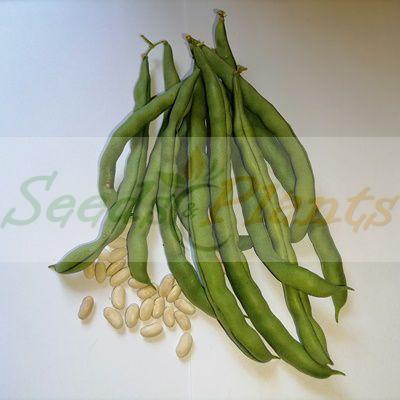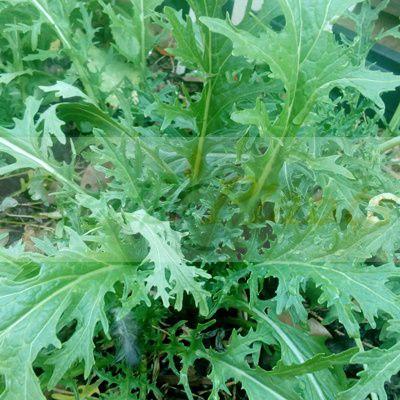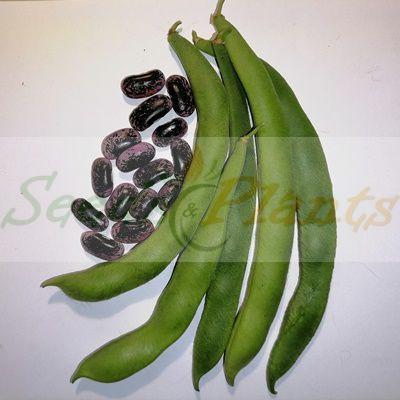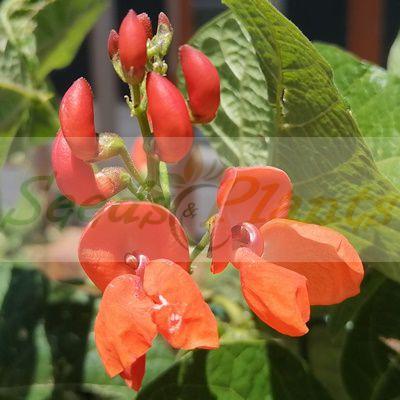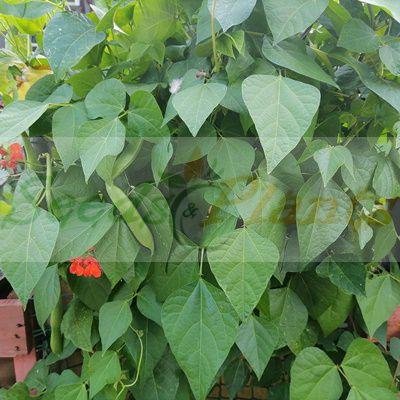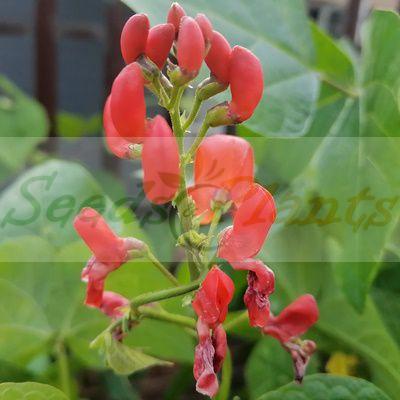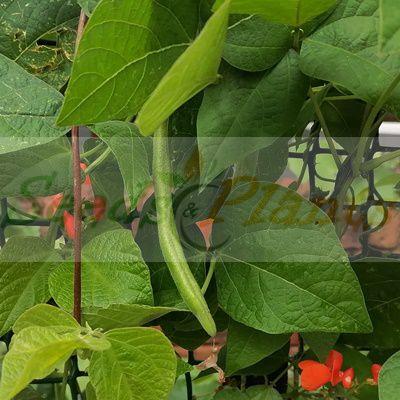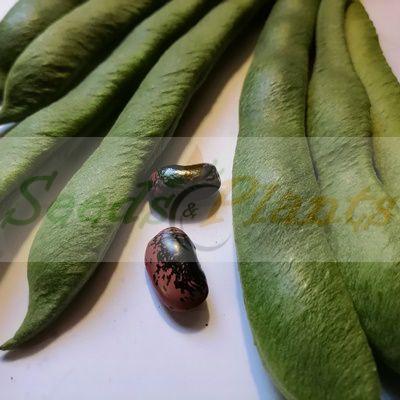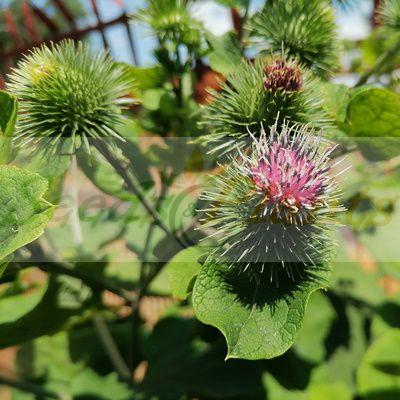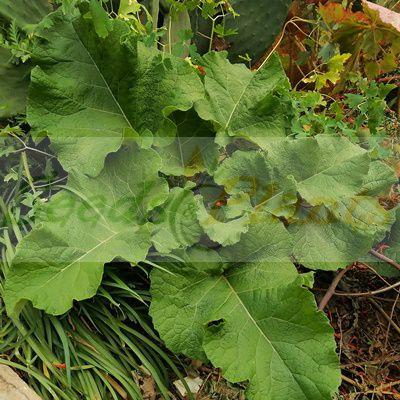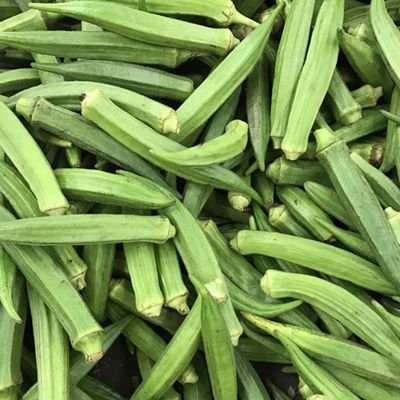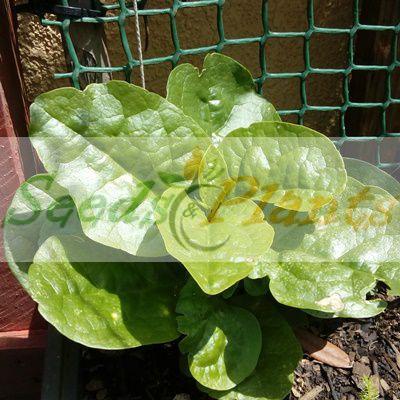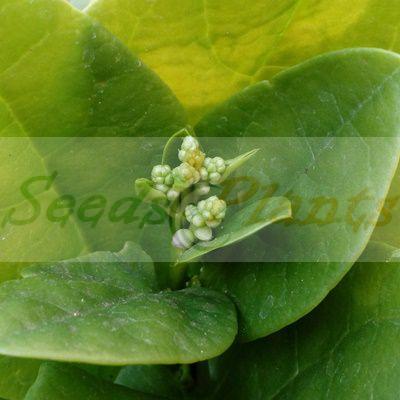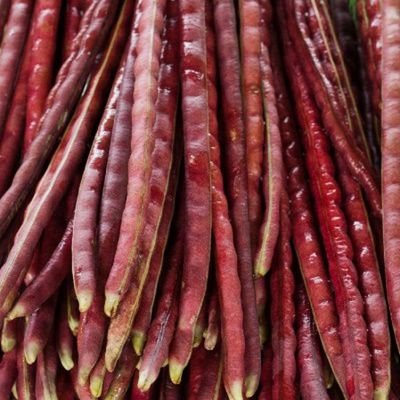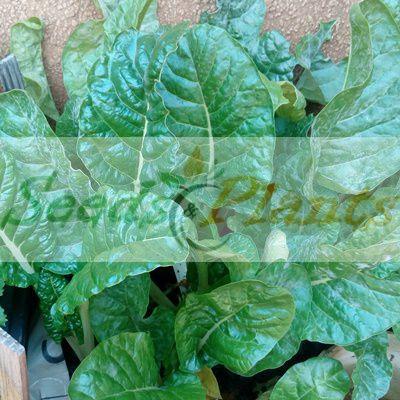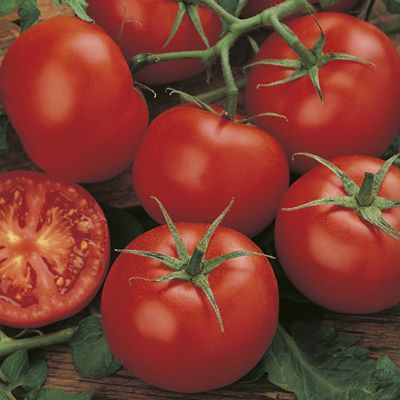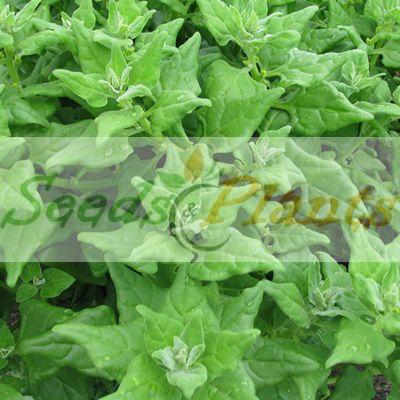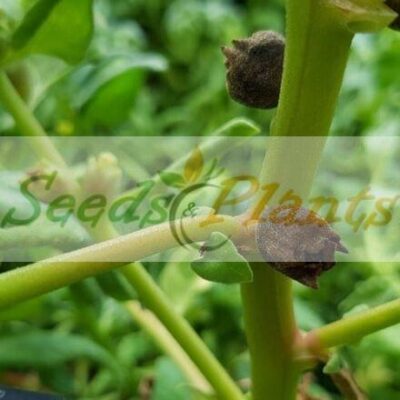🥕 Vegetable Quick Facts
Growth Traits
- 🌱 Life Cycle: Perennial
Scarlet Runner Bean – 5 Seeds
(Phaseolus coccineus)
R30.00
Also known as fire bean, mammoth, red giant, and scarlet emperor.
Seed Type: Heirloom – Organic – Harvested from our own plants.
Indoor Sowing: Not Recommended.
Direct Sowing: Spring and Summer.
Out of Stock
Email me when the product is back in stock.
🥕 Vegetable Quick Facts
Growth Traits
- 🌱 Life Cycle: Perennial
Scarlet Runner Bean, is a tender herbaceous plant native to the mountains of Mexico and Central America, growing at higher elevations than the common bean. It is one of the oldest runner beans in existence. Used for ornamental purposes and/or as a vegetable. By the 1600’s it was growing in English and early American gardens as a food plant. It is also frequently grown as an ornamental for its showy sprays of flowers. The flowers are usually red but can also be white. They grow in sprays, similar to sweet peas. The flowers are edible and taste like beans. They bloom profusely, attracting both hummingbirds and bees.
Unlike regular green beans this is a perennial species, although it is usually treated as an annual. In mild climates it a short-lived perennial vine, forming tuberous roots from which new shoots sprout annually in areas with frost, where it is not evergreen. Also known as fire bean, mammoth, red giant, and scarlet emperor, the vines are adapted to grow at higher elevations than the rest of the bean family. The vine can grow to 3 m or more in length in one season. This is one of the most productive bean varieties we have every grown! One plant will provide you with a constant supply of beans.
The tubers are edible. They are eaten by the native peoples living in Mexico and Central America. The bean pods are large, sometimes up to 2.5 cm in diameter and contain beans that are a beautiful pink when young and turn to a dark violet to black speckled with age. The beans are as attractive as the vines and flowers themselves. The pods are edible when young. They become a bit tougher as they mature, but are still very much edible and is delicious in roasts, stews, etc. The beans can be eaten fresh or dried.
Growing Scarlet Runner Bean
Indoor Sowing: Not Recommended.
Direct Sowing: Spring and Summer.
- The seeds are large and should be planted 5 to 7.5 cm apart to minimize overcrowding.
- For the best results grow scarlet runner beans in full sun in rich soil with plenty of organic matter and average moisture.
- This species is more cold tolerant than other green beans so seeds can be sown before the soil has warmed completely, but the foliage cannot tolerate frost so don’t plant too early.
- Sow in place, placing the seeds 2 to 3 inches deep.
- Germination takes 7 – 14 days.
- Place supports such as poles, strings or netting near the plants at the time of sowing or transplanting.
- Although this plant is normally grown as a warm season annual, the tuberous roots can be dug up and stored in cool, damp sand for replanting in spring.
Disclaimer
Medicinal Information:
All medicinal information on this website is for educational and informational purposes only and may not be construed as medical advice. The information is not intended to replace medical advice or treatment offered by healthcare professionals.
Seeds, Plants, Plant Cuttings, Geophytes and Dried Herbs:
In some countries and provinces, certain plants are deemed as invasive and are not allowed to be planted at all, whilst some plants are allowed to be grown only in certain areas or provinces. The onus is on you as the buyer to familiarize yourself with the regulations pertaining to your location, before purchasing any of our seeds, plants, plant cuttings, geophytes or dried herbs. We will not be held liable, should you purchase any seeds, plants, plant cuttings, geophytes or dried herbs. from us which are prohibited in your country or province.

